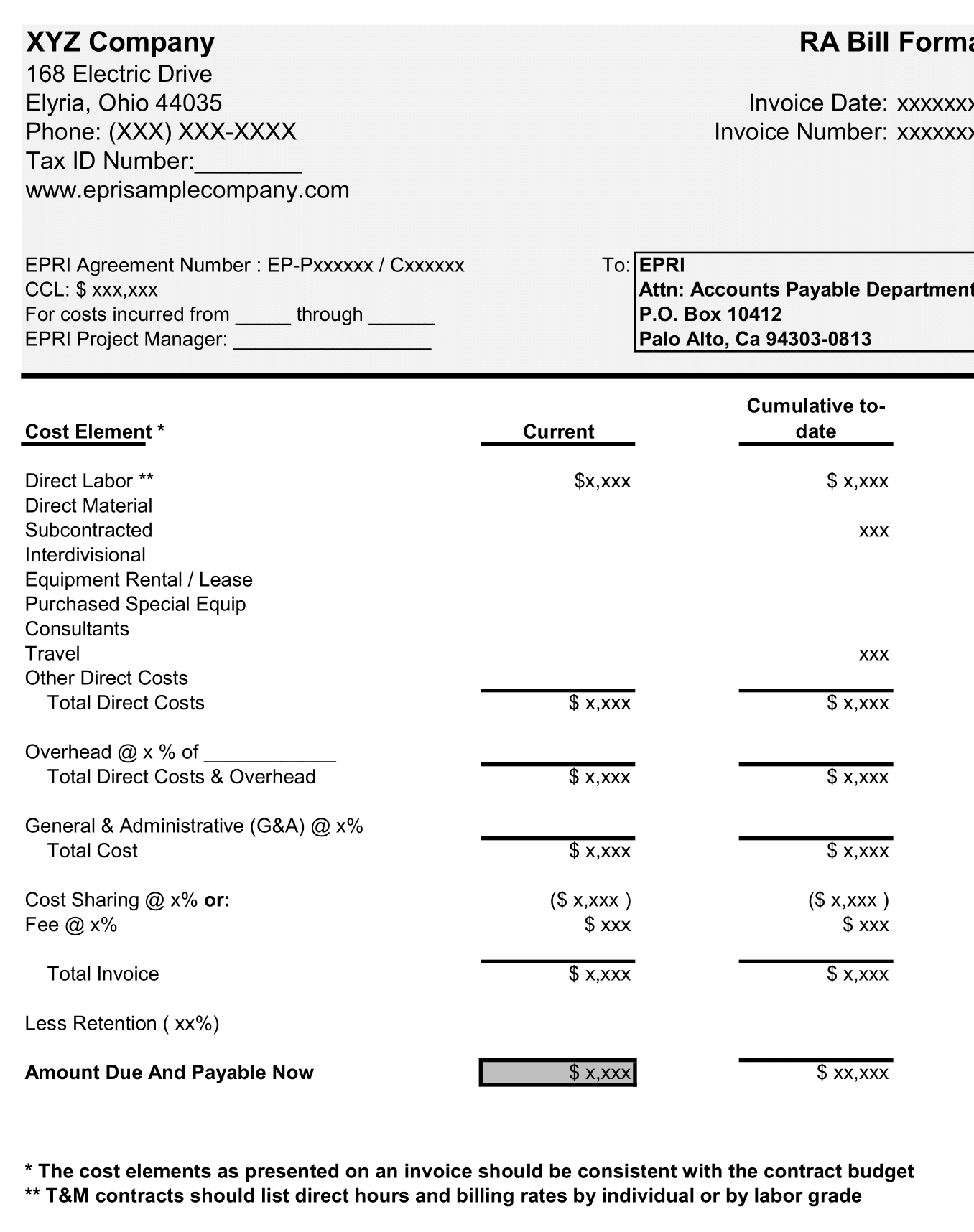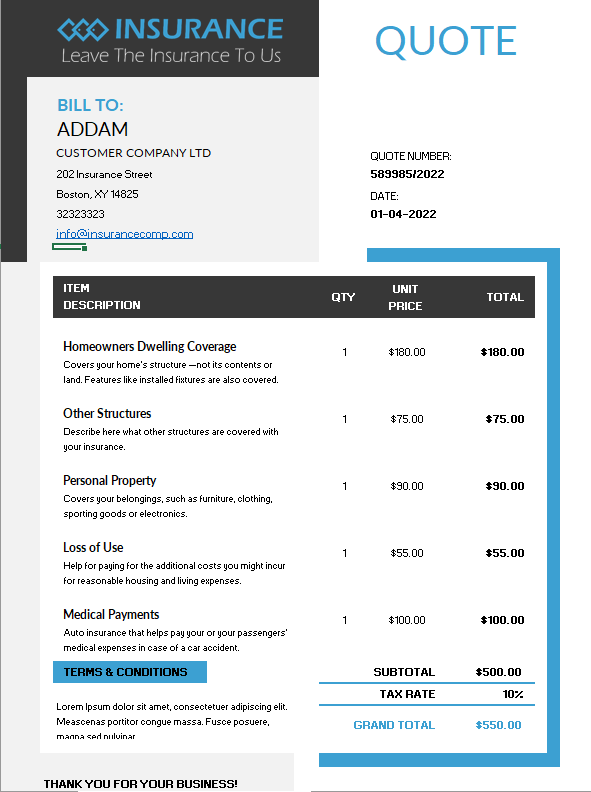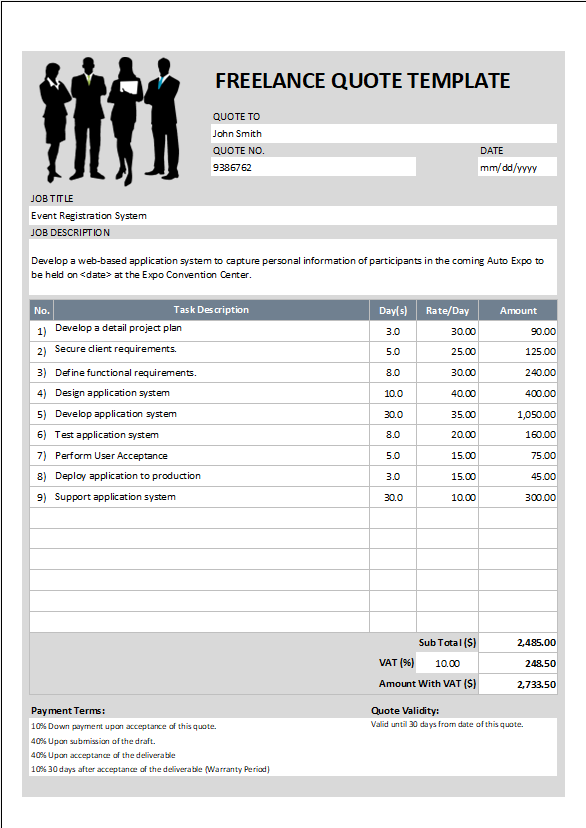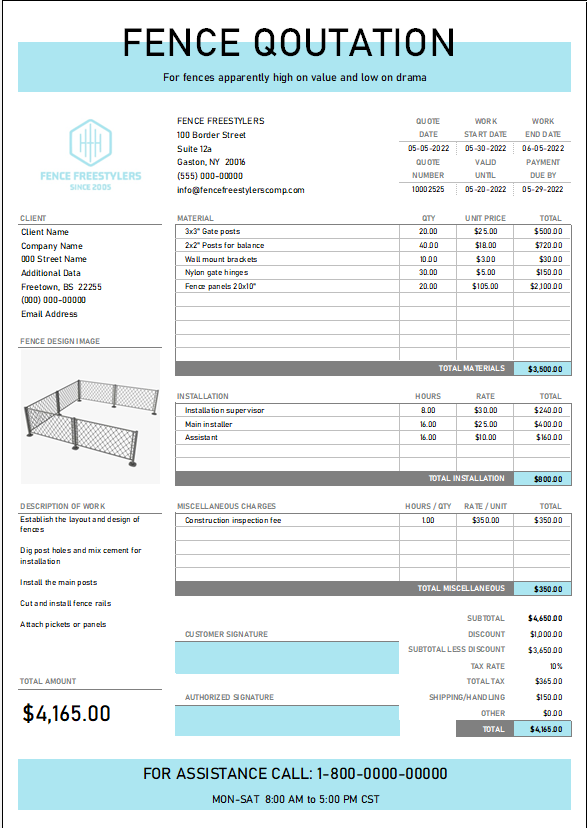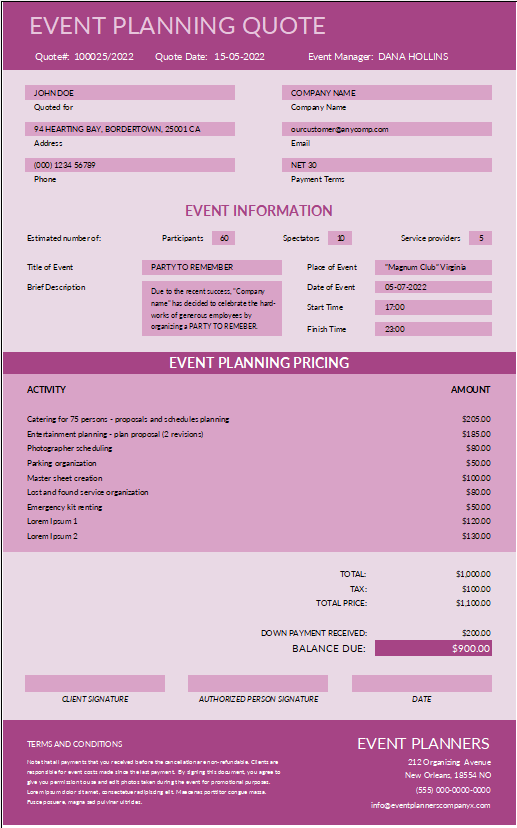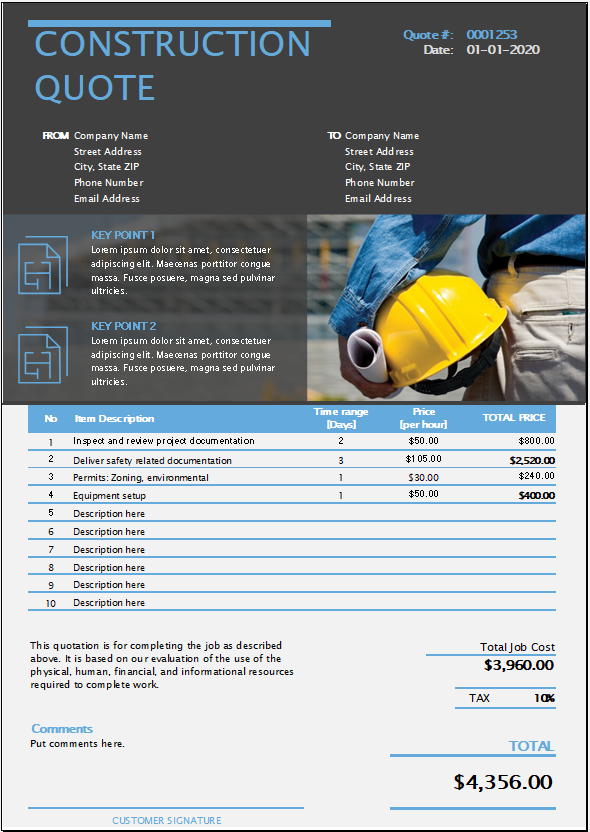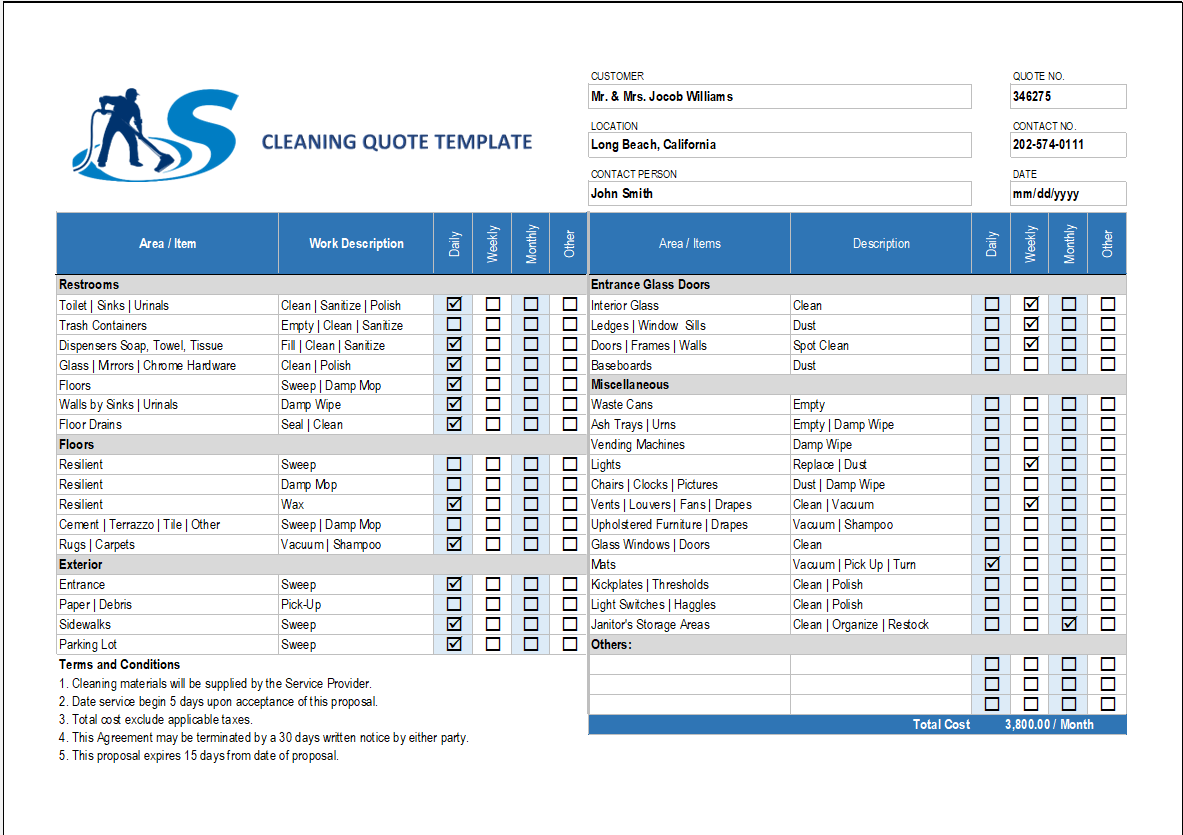RA Bill Format: An Essential for Project-based Billing
When it comes to project management, especially in industries like construction and infrastructure, Running Account (RA) bills play a pivotal role. They ensure a steady cash flow and keep track of the ongoing expenses throughout the project duration. The RA Bill Format simplifies this intricate process, ensuring every cost is meticulously documented.
What is Running Account Bills (RA Bills)?
Running Account Bills, commonly referred to as RA Bills, are a type of progressive billing used predominantly in industries like construction and infrastructure. Instead of sending one invoice after the completion of an entire project, RA Bills allow contractors or service providers to bill their clients periodically as the work progresses. This facilitates continuous cash flow and keeps track of the ongoing expenses throughout the project duration.
This type of billing is essential for long-term projects where expenses are incurred over extended periods, and contractors need payment for the work done, materials procured, and other costs as the project moves forward.
Benefits of RA Bills:
- Continuous Cash Flow: Helps in the smooth progression of the project as the contractor doesn’t have to wait until the end to get paid.
- Transparency: Clients can see the detailed costs and progression of work periodically.
- Manageability: Breaking down the billing makes it easier for clients to manage payments.
- Accountability: Ensures that contractors and service providers are accountable for timely delivery.
Example of Running Account Bills:
Project: Construction of an Apartment Complex
Duration: 18 months
1. Initial Stage (0-3 months):
Activities:
- Site preparation
- Foundation laying
Expenses:
- Equipment rental: $5,000
- Labor: $8,000
- Materials (cement, bricks, etc.): $15,000
- Miscellaneous: $2,000
Total for this period: $30,000
An RA Bill will be generated at the end of month 3 for the sum of $30,000 detailing all the expenses.
2. Intermediate Stage (4-9 months):
Activities:
- Structure erection
- Plumbing and electrical ducts setup
Expenses:
- Equipment rental: $4,500
- Labor: $12,000
- Materials (steel, pipes, wiring): $25,000
- Miscellaneous: $3,500
Total for this period: $45,000
An RA Bill will be generated at the end of month 9 for the sum of $45,000.
3. Further Stages:
Similarly, as the project progresses, RA Bills will be generated for every stage or period mutually decided by the contractor and the client.
At the end of the project, a final bill is presented, which factors in all the RA Bills previously issued and any balances remaining.
Features of the RA Bill Format:
- Project Identification: Specify project details, including project name, site location, and reference numbers.
- Periodic Billing: Document costs incurred in specific periods, facilitating stage-by-stage billing.
- Cumulative Cost Tracking: Accumulate expenses from the project’s start to the current billing period.
- Material & Labor Breakdown: Detailed listing of material costs, labor charges, and other project-related expenses.
- Deductions & Adjustments: Factor in previous payments, advances, or any other deductions relevant to the bill.
- Tax Computation: Automated calculation of applicable taxes.
- 100% Editable: Adjust the template according to project specifications and industry requirements.
Benefits of Using RA Bill Format:
- Continuous Cash Flow: With periodic billing, there’s a steady influx of funds, ensuring smooth project execution.
- Transparency with Clients: Detailed billings mean clients are aware of every cost, fostering trust.
- Efficiency: Speed up the billing process by having a structured and standardized format.
- Financial Clarity: Track overall project expenses effectively, allowing for better financial planning and management.
- Reduced Errors: A well-structured format minimizes chances of missed items or miscalculations.
Who Can Utilize the RA Bill Format?
- Contractors: To invoice clients periodically based on the work done and materials used.
- Project Managers: For maintaining a clear financial record of project progression.
- Accountants: To simplify the financial documentation and ensure accurate billing.
- Clients: To understand and track financial commitments in a project.
Template is 100% Editable:
Every project comes with its unique requirements. The RA Bill Format is designed to be fully customizable, ensuring it aligns perfectly with your project’s specific needs, be it adding new cost categories, adjusting tax rates, or incorporating unique deductions.
Conclusion: Elevate Your Project Billing with RA Bill Format
Billing can be complex, but with the RA Bill Format, you can transform it into a streamlined, efficient, and transparent process. Enhance client trust, improve financial accuracy, and ensure your projects stay financially on track.

